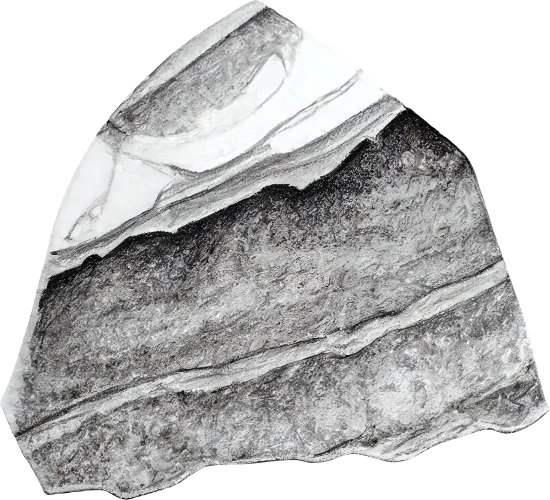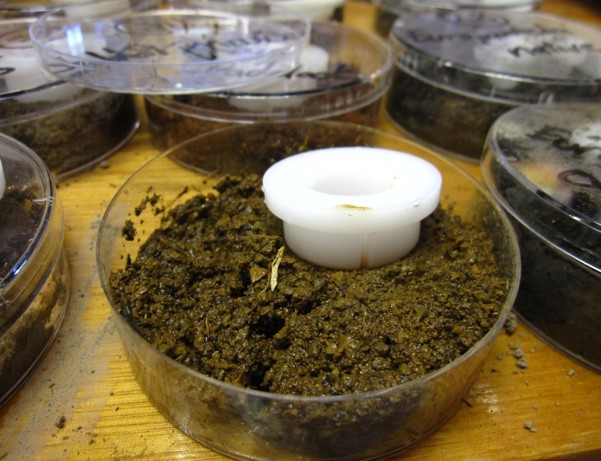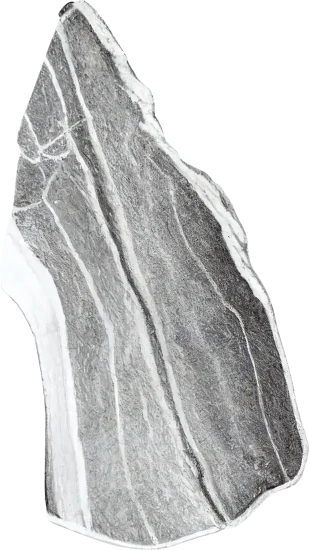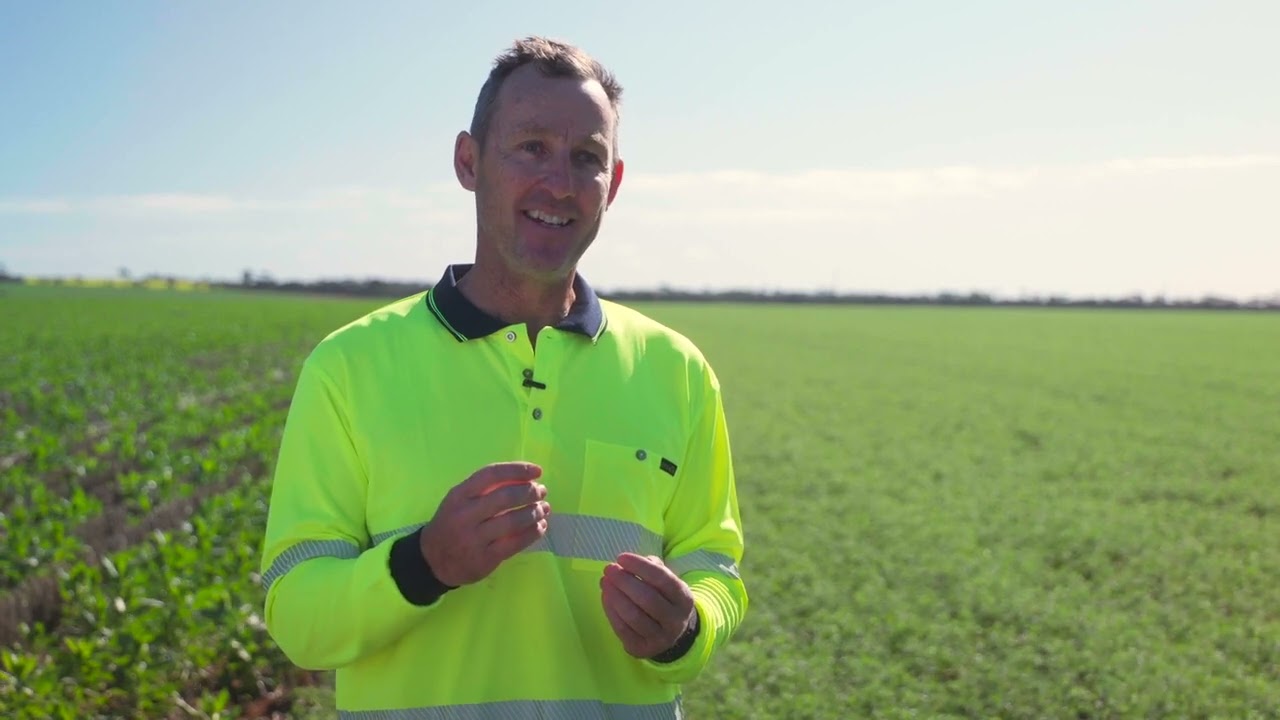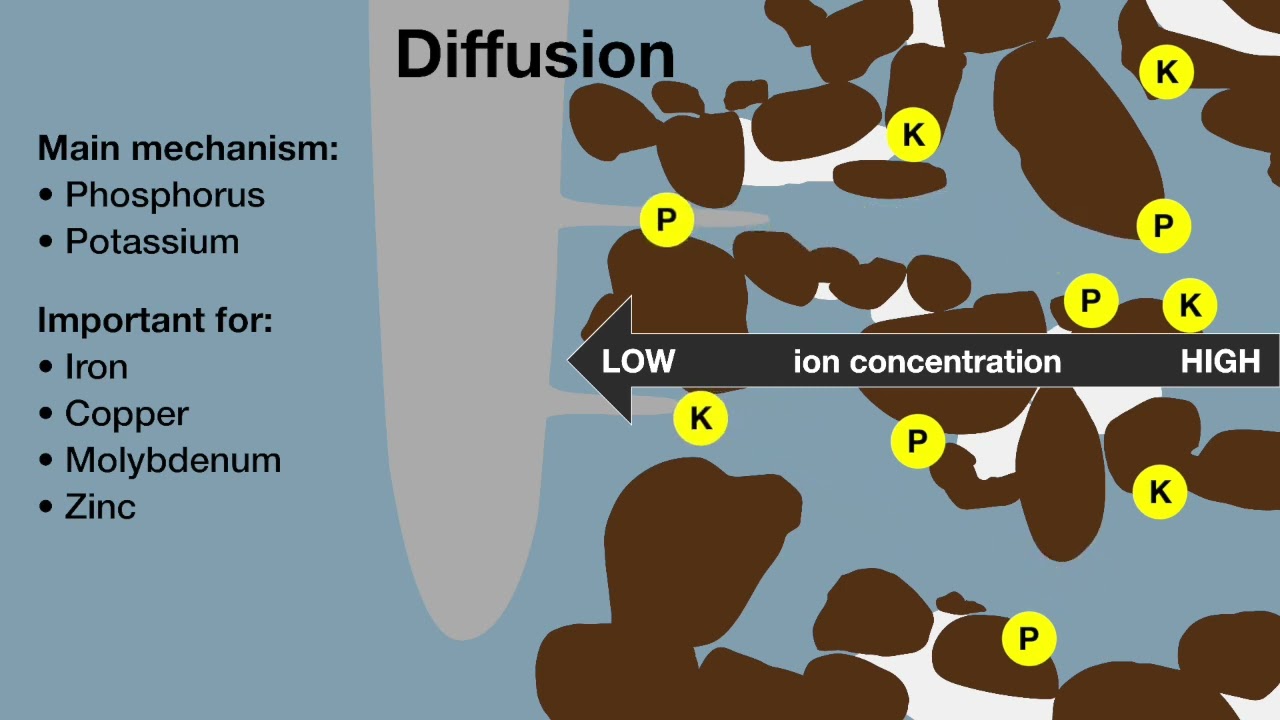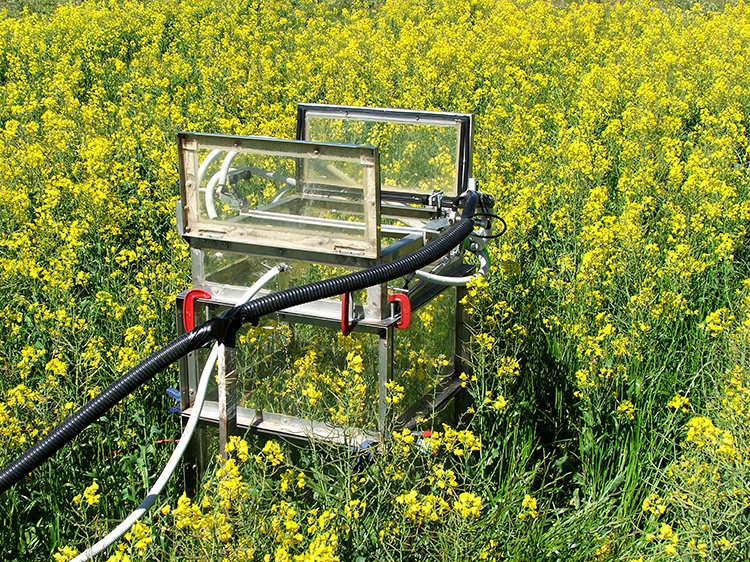Date
2023/08/30
Duration
3 min read
ebook
Soil Quality: 10 Plant Nutrition
Organisations
SoilsWest
Department of Primary Industries and Regional Development
Grains Research and Development Corporation
Murdoch University
Test soil to determine fertiliser requirements
Soil sample analysis can assist to estimate the amount of fertiliser required to get to sufficient nutrient levels. Application of more nutrient than is required can reduce economic returns, and contribute to nutrient losses via leaching or runoff.
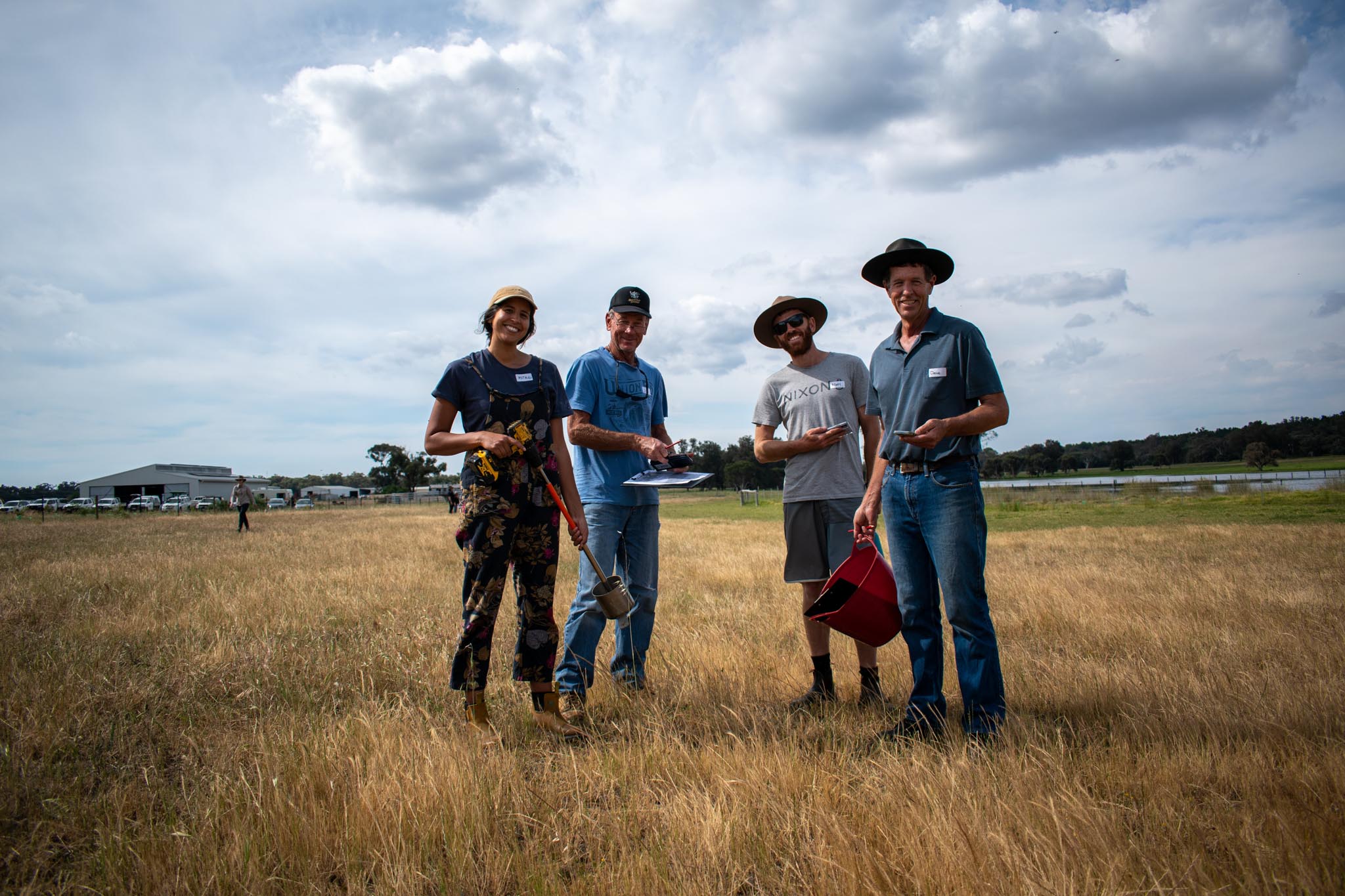
Check the forecast prior to spreading fertiliser
If heavy rains are predicted, fertiliser shouldn’t be applied. Fertiliser also shouldn’t be applied to waterlogged soil or where surface water is evident, as saturated soil can lead to overland flow of dissolved fertiliser directly into waterways.

Leave at least a 10 metre buffer around waterways
Phosphorus and nitrogen fertiliser shouldn’t be applied near steams or drains to avoid the risk of direct entry of fertiliser into water. Buffers also physically filter the surface-derived particulates (which contain nutrients), thereby decreasing nutrient entry into waterways.
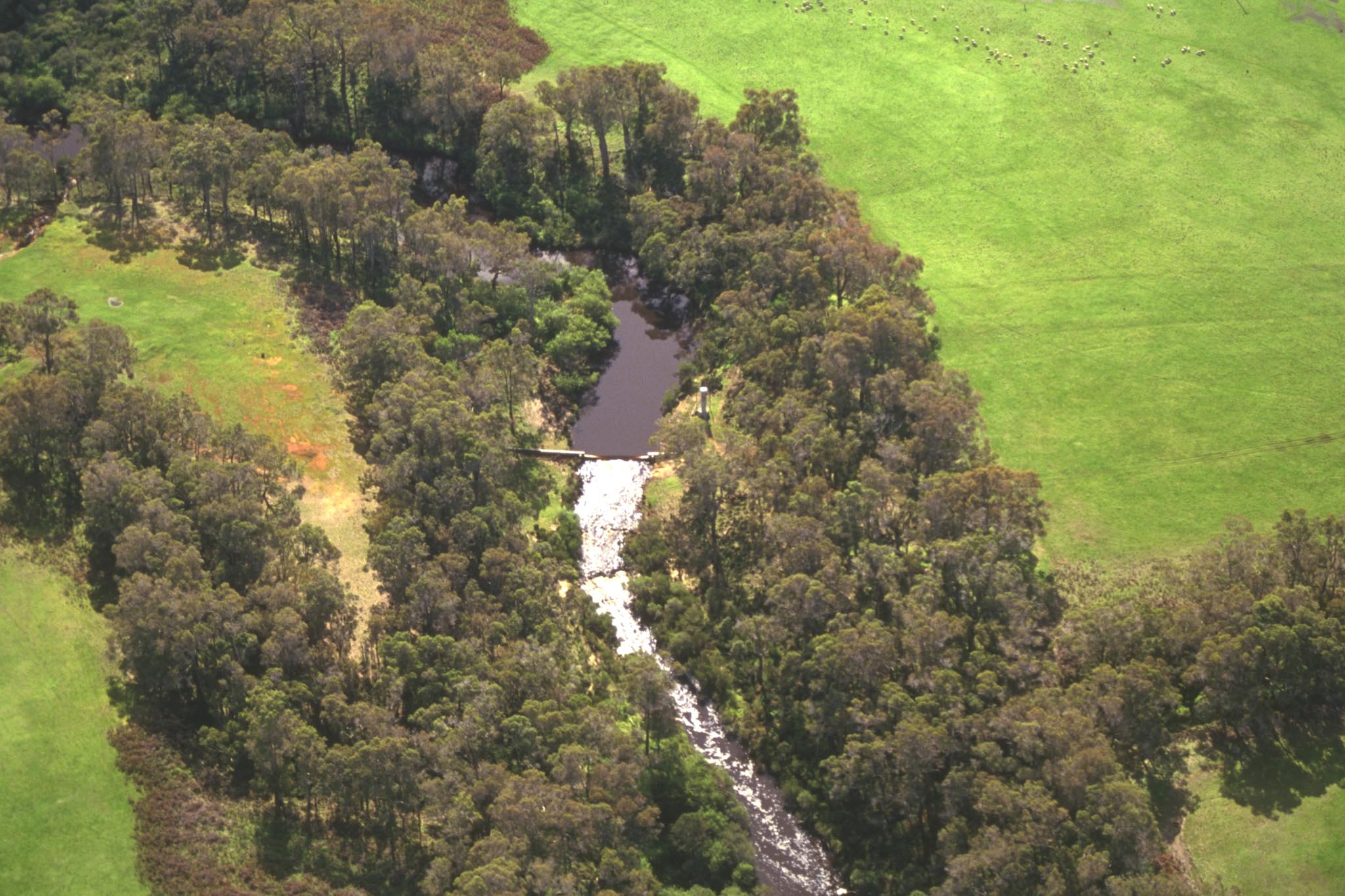
Split fertiliser application
Leaching risk can increase when the amount of nutrient applied in a single application is too high. This is especially the case in sandy soil. Spring applications of phosphorus are recommended if paddocks are trafficable, otherwise use split applications.

Consider the nitrogen source
Ammonia based sources of nitrogen have less leaching risk in cold, wet soil than nitrate sources.
Keep livestock away from streams and drains
Providing off-stream watering points for livestock and fencing to prevent access to streams and drains reduces the likelihood of direct input of animal manure and urine into waterways. Pugging of the soil surface can cause soil particles to lift off in rain, which can then transport attached nutrients to drains.

Consider soil amendments
Bauxite residue is one example of a soil amendment that can increase soil phosphorus retention capacity, particularly in sandy soil.

References
ebook Soil Quality: 10 Plant Nutrition
Scanlan C, Bell R, Weaver D, Borrett R and Cheng M (2023).


